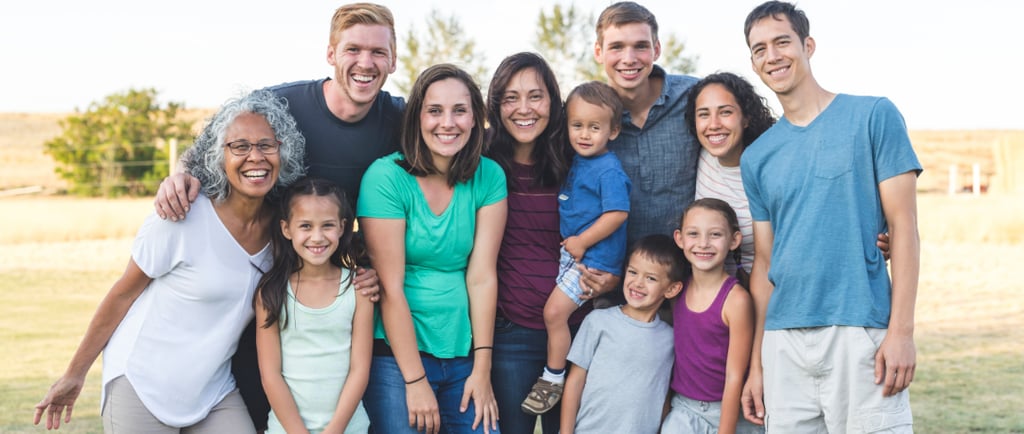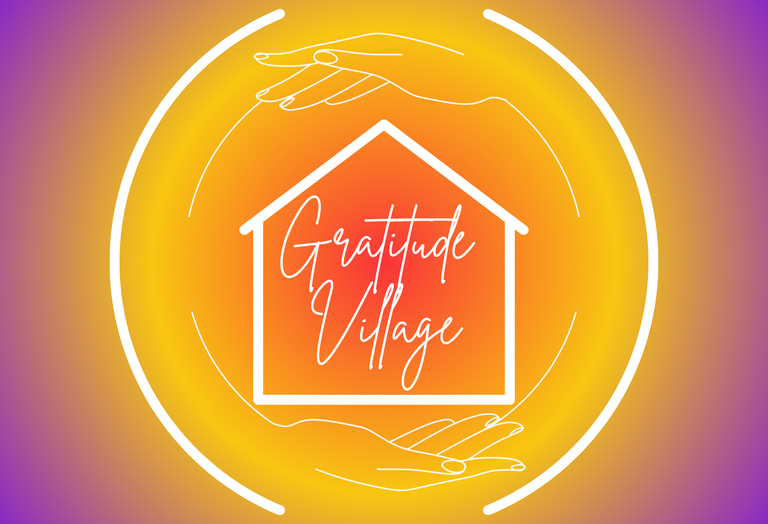Happy Holidays from Everyone at Gratitude Village!
Diversity in Cohousing: Building Inclusive and Vibrant Communities
Cohousing is a unique and intentional way of living that emphasizes community, collaboration, and sustainability. While these values create tight-knit groups, ensuring that cohousing communities are diverse is equally important for their long-term success and vibrancy. Diversity in cohousing brings a rich mix of perspectives, experiences, and talents that contribute to stronger, more resilient communities. In this blog, we’ll explore what diversity means in cohousing, why it’s essential, the challenges involved, and how communities can work to become more inclusive.
Gratitude Village
11/6/20244 min read


Diversity in Cohousing: Building Inclusive and Vibrant Communities
Cohousing is a unique and intentional way of living that emphasizes community, collaboration, and sustainability. While these values create tight-knit groups, ensuring that cohousing communities are diverse is equally important for their long-term success and vibrancy. Diversity in cohousing brings a rich mix of perspectives, experiences, and talents that contribute to stronger, more resilient communities. In this blog, we’ll explore what diversity means in cohousing, why it’s essential, the challenges involved, and how communities can work to become more inclusive.
What Does Diversity in Cohousing Look Like?
Diversity encompasses various aspects of human identity and experience, including race, ethnicity, age, gender, socioeconomic status, sexual orientation, religion, physical ability, and cultural background. In the context of cohousing, diversity also extends to lifestyle choices, career paths, and family structures. A diverse cohousing community might consist of individuals and families from different cultural backgrounds, spanning multiple generations, with a wide range of economic means. Some members may be retirees looking for a sense of belonging, while others might be young professionals, artists, or families with children. This blend of people, each with their unique perspectives, skills, and life experiences, enriches the social fabric of the community.
Why is Diversity Important in Cohousing?
Broader Perspectives and Ideas When people from different backgrounds come together, they bring a wider range of viewpoints and ideas. This diversity of thought fosters creativity and innovation, whether it’s in problem-solving, decision-making, or community planning. In a diverse cohousing environment, residents are exposed to different ways of thinking, leading to richer discussions and more holistic solutions to community challenges.
Resilience and Strength Diverse communities are more resilient. When individuals with various skills and experiences collaborate, they can navigate challenges more effectively. For instance, in a cohousing community that values sustainability, residents with expertise in different areas—such as renewable energy, gardening, or water conservation—can work together to achieve the community’s goals. A wide array of knowledge and life experiences enables the community to adapt to changing circumstances more flexibly.
Fostering Empathy and Understanding Living in a diverse community requires residents to engage with people who may have different values, traditions, or ways of life. This exposure builds empathy and broadens residents' understanding of the world. For children growing up in a diverse cohousing environment, the experience of living alongside people from different cultures and backgrounds can shape their worldview in profound ways. These children are likely to develop strong communication skills, respect for others, and an appreciation for diversity, all of which are essential in today’s globalized world.
Creating Social Equity Cohousing communities are often designed with shared values of equality, collaboration, and mutual support. By making diversity a priority, cohousing can contribute to social equity by providing affordable, inclusive housing options for people who might otherwise face barriers to living in such intentional communities. Welcoming individuals from all walks of life creates a more equitable environment where everyone has an opportunity to participate fully in community life.
Challenges to Achieving Diversity in Cohousing
Despite the clear benefits, many cohousing communities struggle with diversity. Several factors contribute to this challenge:
Affordability and Access One of the primary barriers to diversity in cohousing is affordability. Cohousing often involves buying into a shared property or contributing to community expenses, which can be cost-prohibitive for some individuals and families, particularly those from lower-income backgrounds. The financial model of cohousing may inadvertently exclude people who could contribute significantly to the community.
Cultural and Social Barriers Cohousing communities are often formed by people who share similar values and lifestyles, which can lead to unintentional cultural homogeneity. If a group is primarily composed of individuals from similar racial, cultural, or socioeconomic backgrounds, people from outside those groups may feel unwelcome or unsure of how to integrate. The lack of representation of different groups within existing cohousing communities can further perpetuate this cycle, as potential new residents may not see themselves reflected in the community.
Geographic and Demographic Constraints Some cohousing communities are located in regions where the local population is not very diverse. In such cases, attracting a wide range of residents can be challenging. Additionally, cohousing communities that cater specifically to certain demographics, such as seniors or eco-conscious individuals, may unintentionally limit diversity by focusing too narrowly on a particular lifestyle or age group.
Strategies for Fostering Diversity in Cohousing
While challenges exist, there are several ways cohousing communities can work towards greater diversity and inclusion:
Intentional Outreach Cohousing groups need to actively reach out to people from diverse backgrounds and invite them to participate in the community-building process. This could involve partnering with local organizations that serve underrepresented populations or creating educational campaigns about the benefits of cohousing that target diverse audiences.
Affordable Housing Models To make cohousing more accessible, communities should explore various affordable housing models, such as offering sliding-scale payments, rent-to-own options, or creating affordable units within the community. Some cohousing groups have successfully collaborated with nonprofit housing organizations to offer subsidized homes, making the community more economically diverse.
Inclusive Decision-Making Cohousing communities often make decisions through consensus or collaborative processes. It’s important that these systems are designed to be inclusive, ensuring that all voices are heard and respected. Encouraging participation from individuals who may feel marginalized or uncertain about their place in the community is essential to maintaining diversity and equity.
Cultural Awareness and Education Organizing workshops or discussions around diversity, equity, and inclusion can help foster a more welcoming environment. These sessions can educate community members about cultural sensitivity, unconscious biases, and the importance of creating an inclusive space. Ensuring that celebrations, traditions, and community events are reflective of a wide range of cultures can also help make residents from different backgrounds feel at home.
Diversity is not just a buzzword or an abstract concept; it is a vital component of building strong, resilient, and vibrant cohousing communities. By embracing diversity in all its forms—racial, cultural, economic, and beyond—cohousing groups can create spaces where individuals feel valued, supported, and empowered to contribute their unique talents. The journey to fostering diversity in cohousing requires intentional action, openness, and a willingness to adapt, but the result is a richer, more inclusive community that benefits everyone involved.
COMMUNITY
Join us in embracing nature, diversity and connection.
Sustainability
DIVERSITY
info@gratitudevillageco.com
720-689-4821
© 2025. All rights reserved.
AFFORDABILITY
Gratitude Village Inc. is a 501(c)3 charitable corporation that values diversity, equity, and inclusion as essential to our mission
Subscribe to our Substack
Refund Policy




Gratitude Village is a Proud Member of these organizations
